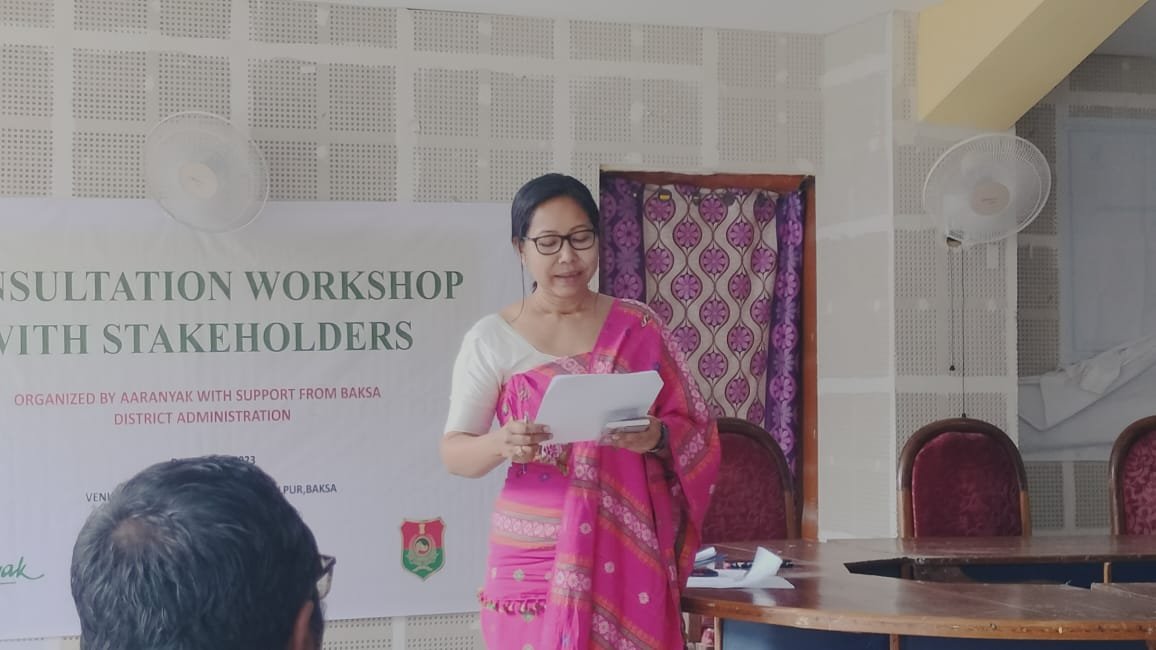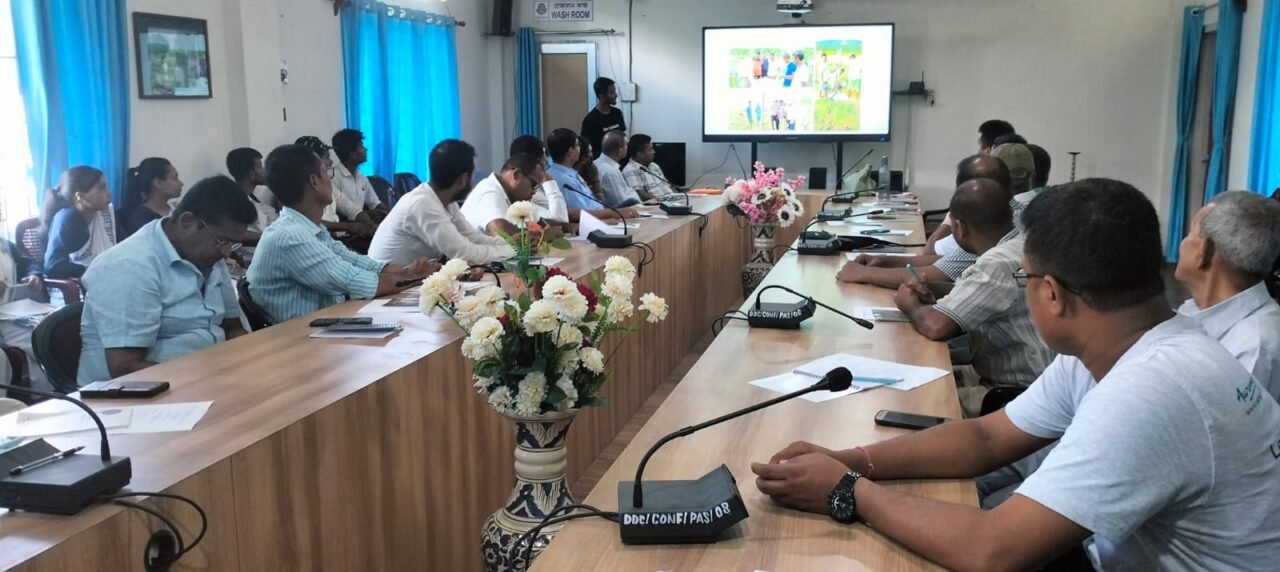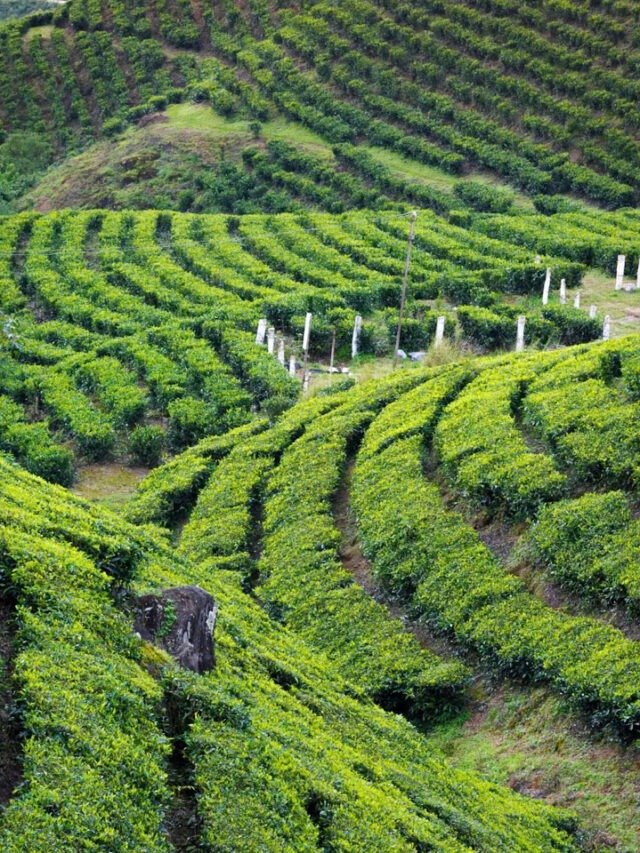HT Bureau
Guwahati, July 25: Aaranyak, a research-driven biodiversity conservation non-profit, is actively engaged in mitigating human-elephant conflict (HEC) through the Elephant Conservation Network (ECN) it has established. The members of ECN play a crucial role in assisting affected communities by raising early alarms when wild elephants are close to human settlements and crop areas.
In an effort to strengthen the ECN’s effectiveness, Aaranyak has undertaken training initiatives for its members operating in various HEC-affected regions. The first batch of ECN members underwent training at Amtola LP School in Goalpara district, on Monday. This particular ECN was formed by Aaranyak on March 26, 2022.
The day-long training was conducted by Aaranyak resource persons, Anjan Baruah, and Nipul Chakma. Anjan Baruah provided detailed insights into Asian elephants, their ecology, behaviour, and movements. He also highlighted the causes of human-elephant conflict from regional and local perspectives, Aaranyak’s conflict management strategies, various mitigation measures, and ways to coexist with elephants. He emphasised the importance of knowing various zones, such as safe zone, alert zone, and critical zone, surrounding a herd or a wild elephant to facilitate coexistence with humans.
Nipul Chakma discussed the loss of life, crop, and property damages caused by HEC and explained the procedure for claiming compensation from the government as per the prevailing norms.
During the training, the local community’s knowledge about elephants was assessed through benchmarking and assessment exercises. This process equipped the ECN members with sufficient knowledge about Asian elephants and their behaviour, enabling them to assist the community in coexisting with wild elephants.
The training session concluded with a feedback session to gather input from the participants. The ECN members, supported by the US Fish and Wildlife Service, were gifted with elephant conservation-themed T-shirts.
ECN members actively assist Aaranyak in monitoring and recording various HEC incidents, such as crop and property damage, human and elephant deaths. The data collected from these incidents are crucial for Aaranyak to develop dynamic scientific mitigation strategies. Additionally, the ECN acts as an early warning system, alerting the community about the close proximity of wild elephants, facilitating better coexistence practices.











